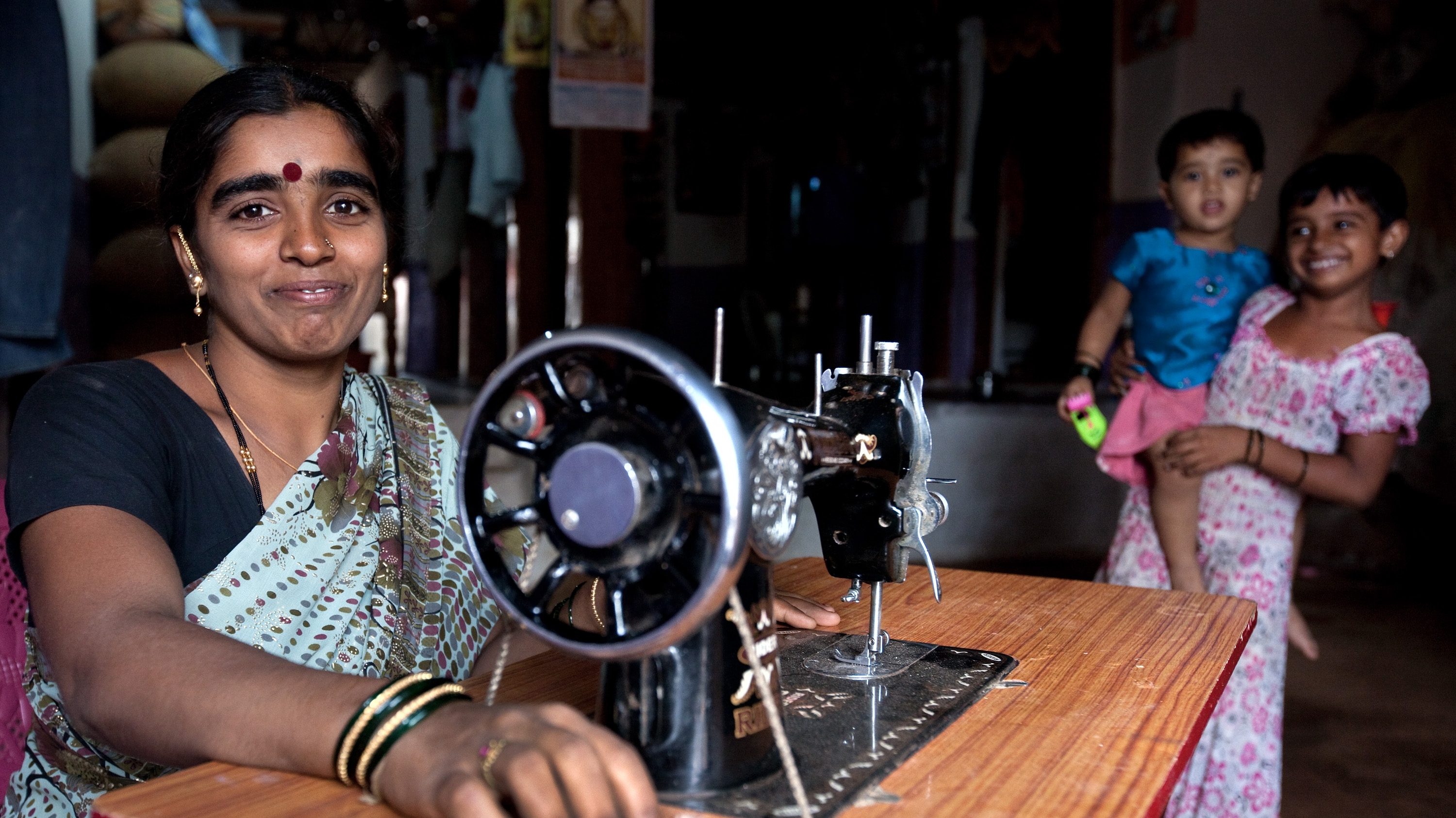Approval Date: 12 July 2005; Additional Financing – 18 November 2010
Closing Date: 30 September 2016
Commitment amount: $274 million
Percentage disbursed: 69.9% (As of 30 June 2014)
Context:
Tamil Nadu is one of the most industrialized states and was the country’s second largest economy in 2012. However, over 20 percent of the population continues to live in poverty, which is particularly pronounced in rural areas with high inequality and a large disabled population. A large portion of the population depends on agricultural for their livelihoods, due to low skill levels and weak access to credit and markets with which to engage the growing non-farm sector.
Project Development Objective:
The objective is to empower the poor and enhance their livelihoods through the development of community-level institutions; enhance skills and capacities of the poor (especially women, youth, differently-abled, and the vulnerable); and to finance demand-driven investments related to livelihoods for the target poor. The project has three components:
- Village Livelihoods Program: Building institutional capacity, and funding productive livelihood-related investments at the village level;
- District and State Support to Village Livelihoods Program: Strengthening project teams at the state and district levels to extend support to the village level, and support monitoring, evaluation, and learning; and
- Project Management: Includes staffing and human resource development.
Location:
The original project covers 2,509 village panchayats and over 581,000 households in 16 districts of Tamil Nadu. The additional finance will include another 1,665 village panchayats and 388,000 households spread across 10 new districts.
Status:
- The Project is progressing well towards achieving its development objectives. More than 35,000 new Self Help Groups (SHGs) have been formed by the project, with a particular focus on the poorest women and inclusion of youth, tribal, and differently-abled. The savings and internal lending of these SHGs have enabled members to enhance their livelihood activities and household incomes. By establishing Panchayat Level Federations, and clustering SHGs around economic activities, opportunities have been provided for improved access to services and markets. The total savings and credit available with SHGs is over US$370 million, of which about 25 percent is from SHG savings.
- Over 225,000 target youth have benefited from job-oriented skills training, with 82 percent now employed in corporate sectors including the construction industry, the service sector, telecommunications, and garment production.
- Over 199,000 differently-abled and vulnerable persons have received individual assistance through the village institutions.
Impact evaluation surveys of the original project districts are showing that the project has been successful in reducing the high cost debt burden, moving livelihood activities towards more skilled employment and on the empowerment of women.


